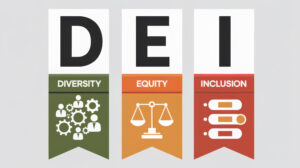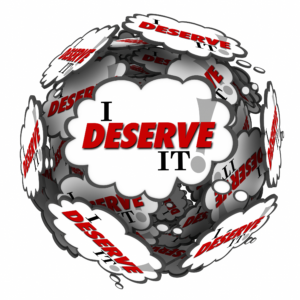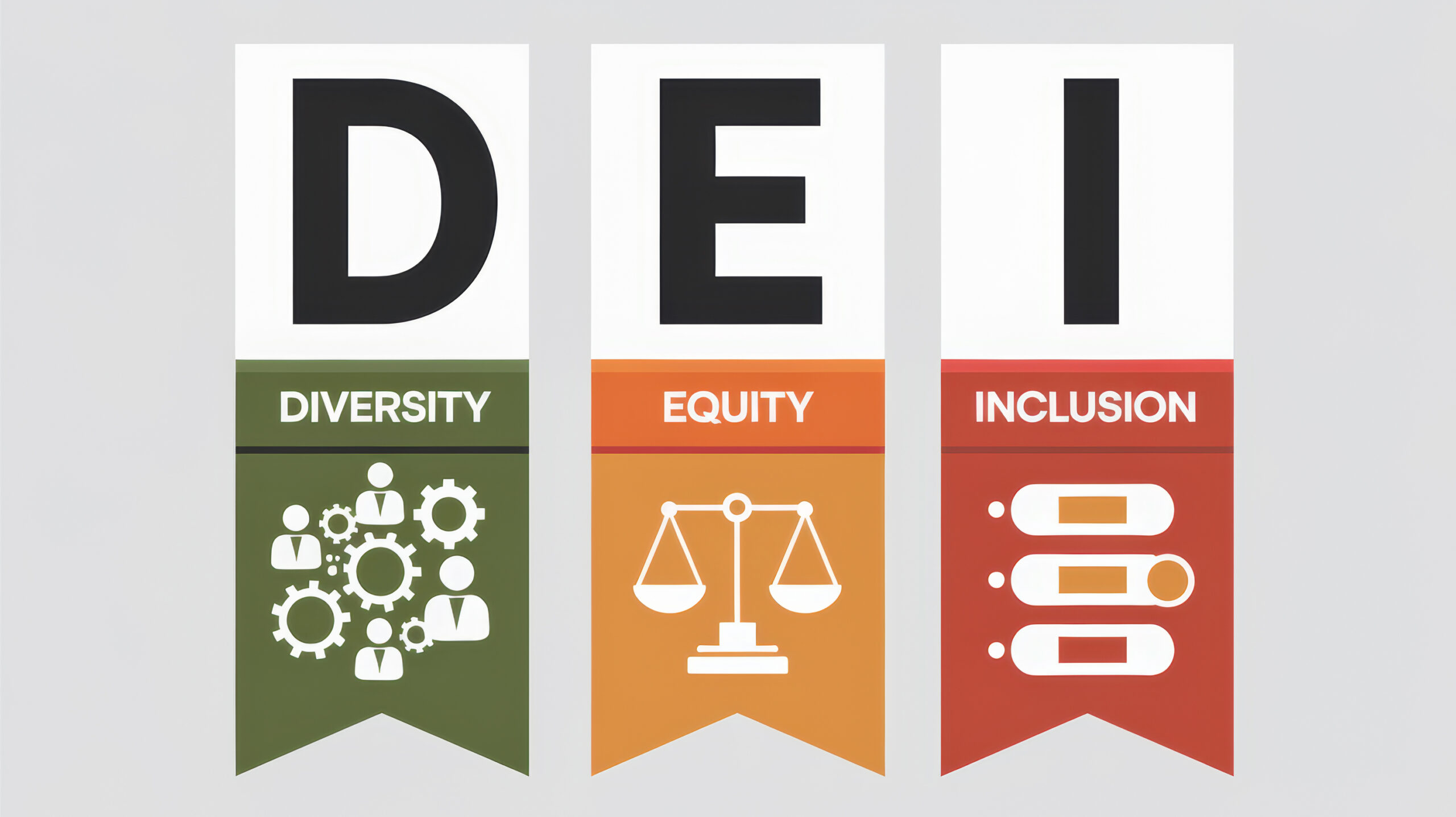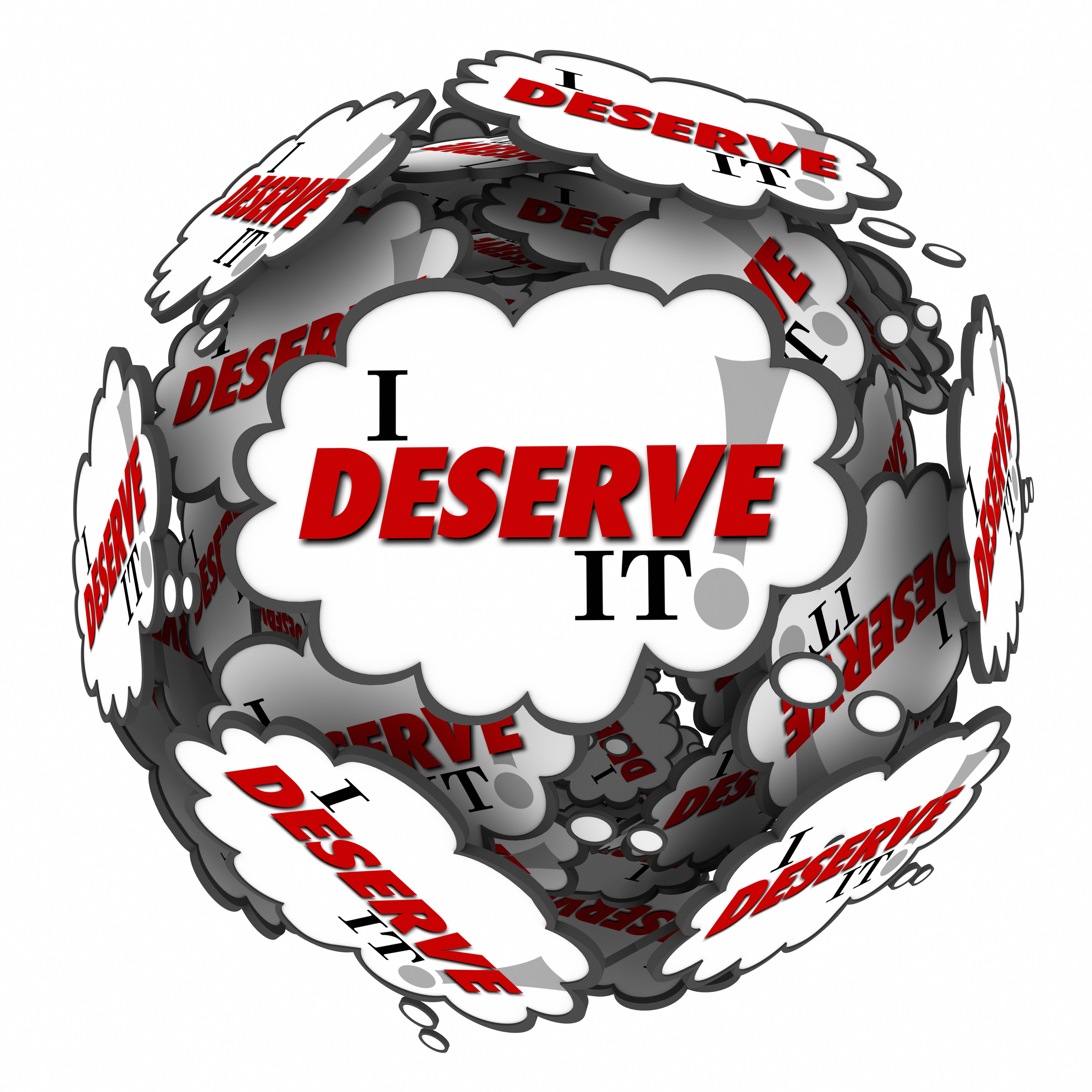Who am I? Who am I to others? Who am I online?
Do you and I have a distinct self-identity that is consistent with our traits, experiences, values, and beliefs? What persona(s) do we present socially to our families and friends, or the groups, organizations and communities that we are part of? How many digital identities do we communicate with to the world at large?
It seems we live in an age where humans seek to artificially change the very nature of what we have been for millennia. These changes are made to alter our personal identity, social identity, and reach into our ever-expanding electronic identity. We are in a time where “trans-identity” is becoming more and more common.
The idea of “transidentities” was first conceived in early 20th century Germany and is defined as so:
“The definition of ‘transidentities’ is located at the intersection of medical discourse, legal dictates, and social practices” [Encyclopedia of European History].
Even so, the era of medically, legally or socially changing one’s identity through bodily alterations, cosmetic appearance, dress, sex orientation, names and pronouns, was delayed by almost another century.
In the 21st century, especially within our Western societies, more and more persons have become disenchanted with birth identity and are endeavouring to transition body, mind, gender, etc. – to take on a different identity than the one that they were born with.
Until the end of the 20th Century, identity was a simpler matter: there were only Personal Identity and Social Identity. Of course, prior to this there was dissatisfaction with birth identity among some, but generally most humans went through life never wanting to drastically change from how they were born.
That’s not to say that there was never a crisis in understanding individual Personal Identity: most of us at one time or another have held an unrealistic view of ourselves and many have believed that they were something they were not; some took on personas that were contrived and far different from reality. A few even developed multiple personalities that moved from one to another manifesting a great mental struggle within.
Let’s take a moment to define “Personal Identity,” and look at how many of these elements can go awry:
Personal Identity represents the unique combination of an individual’s traits, experiences, values and beliefs that differentiates that person from others. It encompasses personality, talents, passions and life experiences and is formed through culture, rearing, education, relationships and choices.
For some time now – through cosmetic surgery, mental or emotional choices, perceptions of experiences, wants and needs – we have been able to change our appearance and our minds and our behaviours to alter our personal identity from what it originally was.
Personal Identity does not operate alone: it goes hand in hand with our “Social Identity,” simply because each of us interacts with other people throughout life. So, let’s define social identity:
Social Identity is how one is known by family, friends, and the communities and organizations that one belongs to. It is how an individual contributes their personality, interests and skills within affiliations, organizations, professions, groups and religions.
This goes beyond how you and I perceive our personal identity: it projects how we are thought of by others and how we want to be thought of by others.
I have found in life that the way I think of myself is far from the way family, friends, peers, teachers, bosses, and others think of me. Who among us hasn’t at some time put on an “air” or gave off an aura or acted out a charade or faked a behaviour to fit in, or to be well thought of, or to gain something within a social environment?
Perhaps we have taken on personal and social identities that have become so complicated that we are having a crisis in identity. There is symptomology with features common to those experiencing an “identity crisis.” Here are seven to consider:
· Loss of self and a sense of “I/me/myself.”
· Inconsistency in beliefs, thoughts and behaviours.
· Increased anxiety, agitation and dissatisfaction with life.
· Need to change to adapt to environment, situation, and relationship(s).
· Feelings of emptiness, loneliness, and worthlessness.
· Role absorption – expectation to play a single role in every circumstance.
· Inability to make good decisions.
To help us with these identity crises, there are counsellors (professional or otherwise), therapies (successful and not so much), medications (prescription and naturopathic), and, of course, the ever-popular self-medicating substances (alcohol, marijuana [both legal and widely available] and other more potent and addictive drugs) to resolve how people feel when they have an identity crisis.
Perhaps we will never know the human toll in just the last Century from whatever form or degree of personal or social identity issues people have suffered. But the casualties increased dramatically after Y2K with another means of identity creation that has had us baffled for the last quarter century. And all the Parliamentary or Congressional hearings, and all the legislation Western nations can come up with has not lessened the carnage.
About the turn of the Century came the phenomenon of social media. Unfortunately, from that time, the incidence of identity crises and their effects intensified what humanity had experienced in prior times. Digital Identity became as important, if not more important than personal or social identity.
I carry with me a small book of usernames and passwords and codes to keep track of my digital identity, which over time has grown to three personal websites and eight social media platforms (plus a number of apps): I cannot possibly remember all the combinations to access my websites, e-mails, bank accounts, much less accounts that I use to transact business with clients and vendors.
To be honest, there are times when I struggle to know who I should be and when, where I am and why I’m there. And if I am not careful, it’s not difficult to lose myself in any or some of those “aliases” to perform on my obligations, commitments or even in pursuing my interests and hobbies.
Here’s the thing: online, most of us don’t have a single digital identity for all we have to do. Instead, we give pieces of information about ourselves to various websites or to the different apps we use. These can use our data in many ways (including monetization – making money from you or making money for you).
As users, we move across multiple digital platforms and the metaverse as mere fragments of our true identities, and those limited pieces of information become owned by others and can be controlled by them.
Added to what information forms our identity online, many users operate with avatars (a Hindu religious term for “persona” that represents computer users) or pseudonymity (a “pen name” to hide actual identity) to protect themselves from scams and predators and open persecution for their views.
We maintain these identities everywhere, simultaneously: circumstances that can be likened to “on-line schizophrenia.” In fact, Douglas Rushkoff, in a book entitled Present Shock – When Everything Happens Now, in a chapter titled “Digiphrenia” (“Digi” for digital and “Phrenia” for a disordered condition of mental activity), wrote this about a decade ago:
“Even though we can only be in one place at a time, our digital selves are distributed across every device and platform, onto which we have cloned our virtual identities. The people and programs inhabiting each of these places relate to our digital addresses and profiles as if they were the original.”
Those digital addresses and profiles comprise our identity to those we share a platform or app with. Fragments of information represent their identity to us.
In the online environment it would not be hard to lose who we are, or to become confused about what we think and believe, or become anxious/agitated/dissatisfied, or feel empty/lonely/worthless, or take on a single role in life that we feel is expected of us, or to be unprepared to make a solid decision in life outside of the digital world.
The realization of mass “trans identities” within our Western societies have led so many to the fundamental question: Who am I? Perhaps if that can be answered, any identity crisis you and I experience could be resolved.
The answer is found in the spiritual identity of each human being. The beginning of the Holy Bible (Genesis 1:27-28) tells us about how God specially created man in His image and after His likeness. We were created with God’s identity, if only in appearance and limited capabilities that no other creature on earth possesses.
Our complete identity is to be revealed upon Jesus Christ’s promised return to earth, expressed as so in I John 3:2: “Beloved, now we are the children of God; and it has not yet been revealed what we shall be, but we know that when He is revealed, we shall be like Him, for we shall see Him as He is.”
Our “God-identity” supersedes all other identities we might have in life and can resolve any confusion or crisis we might have about who we are.









